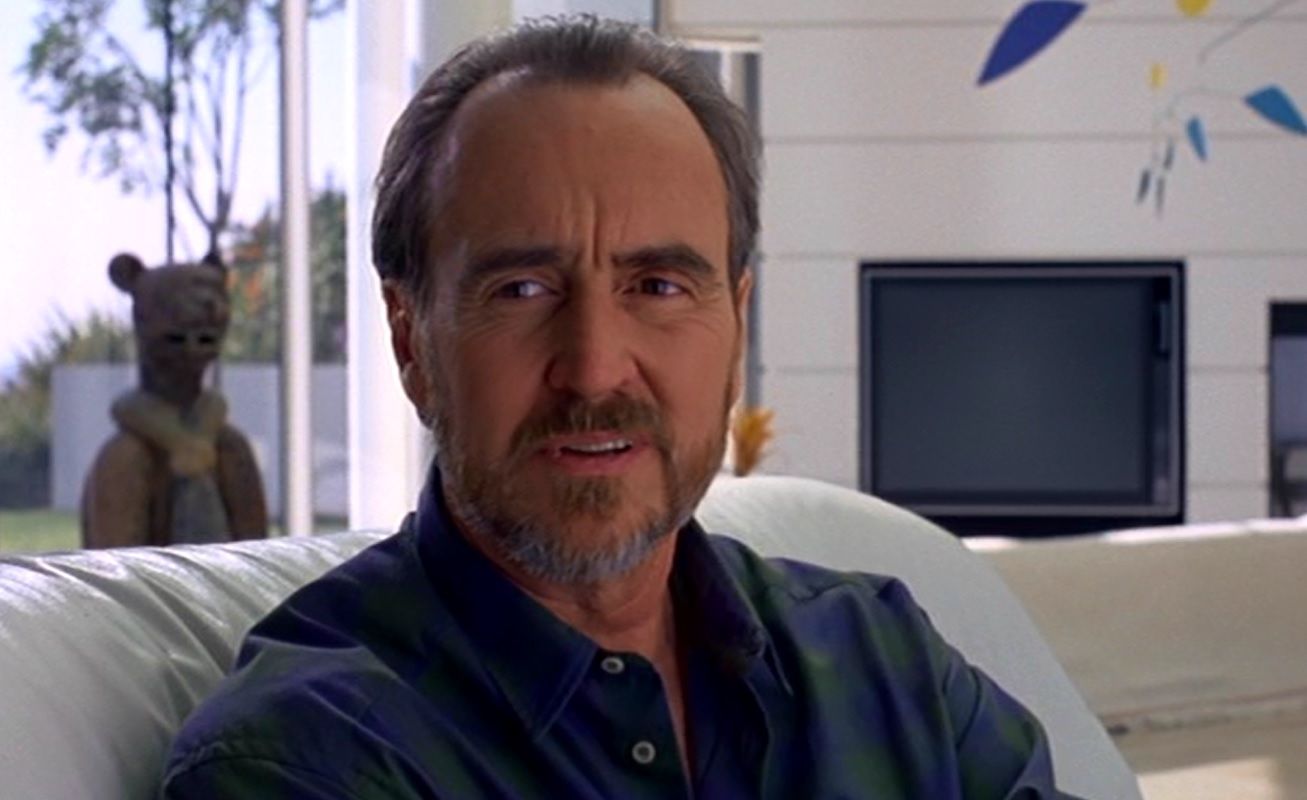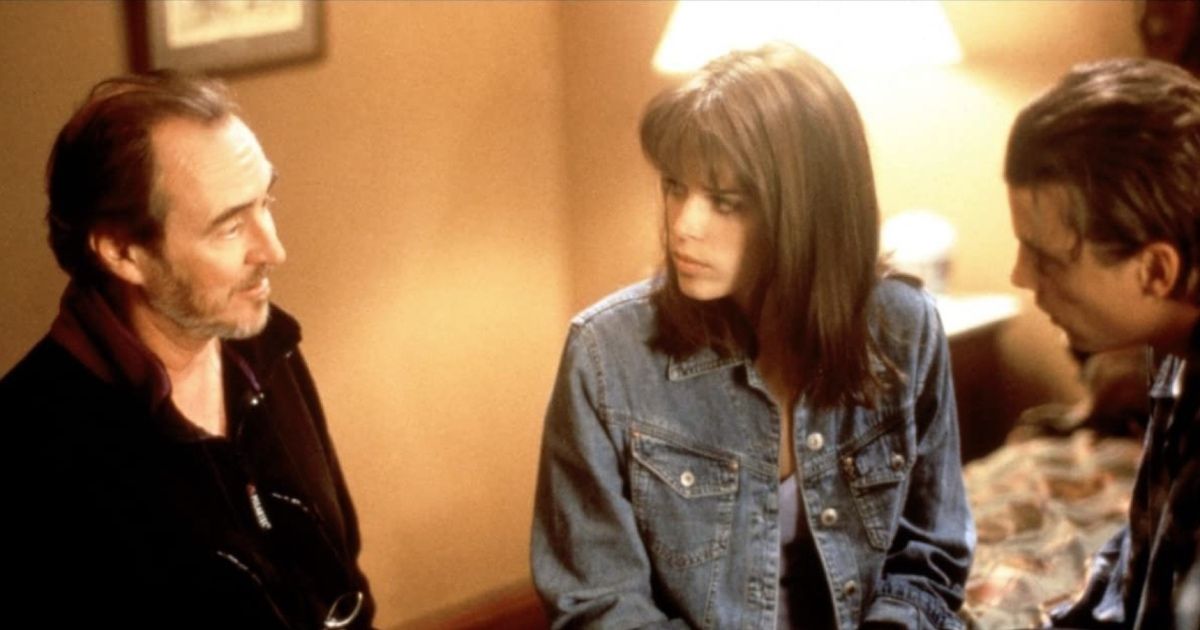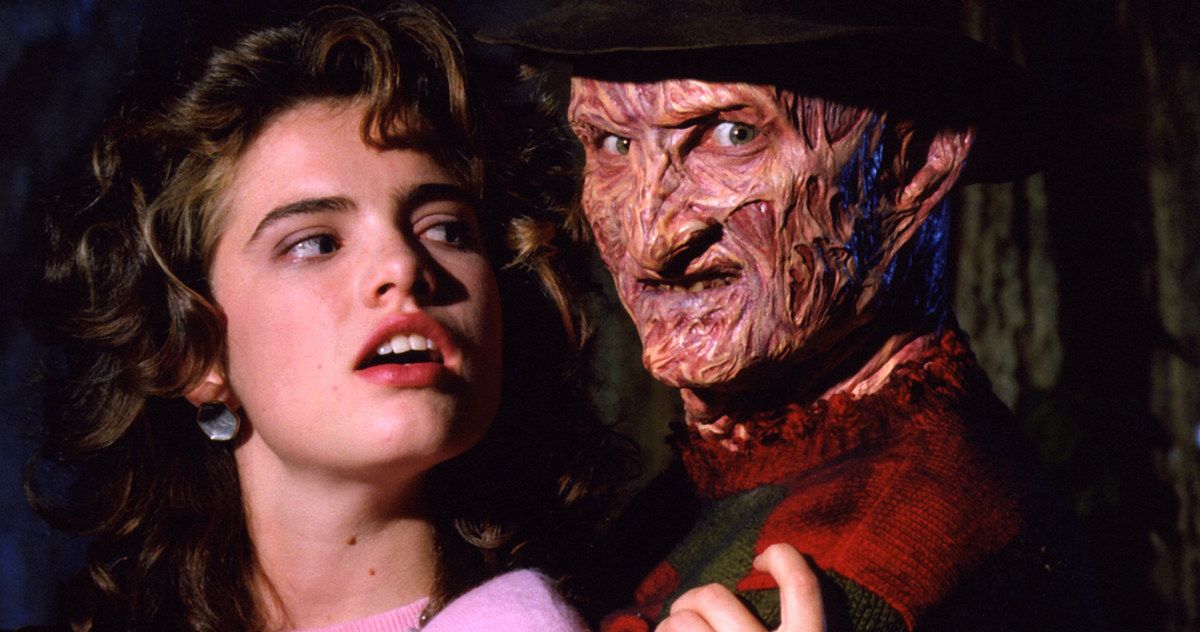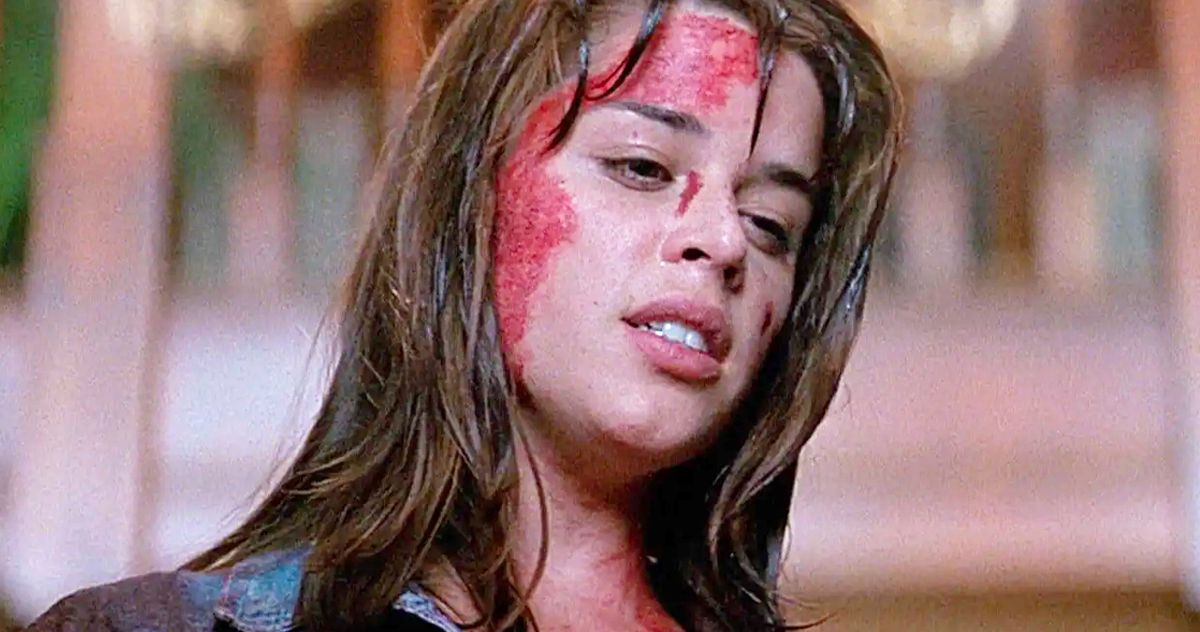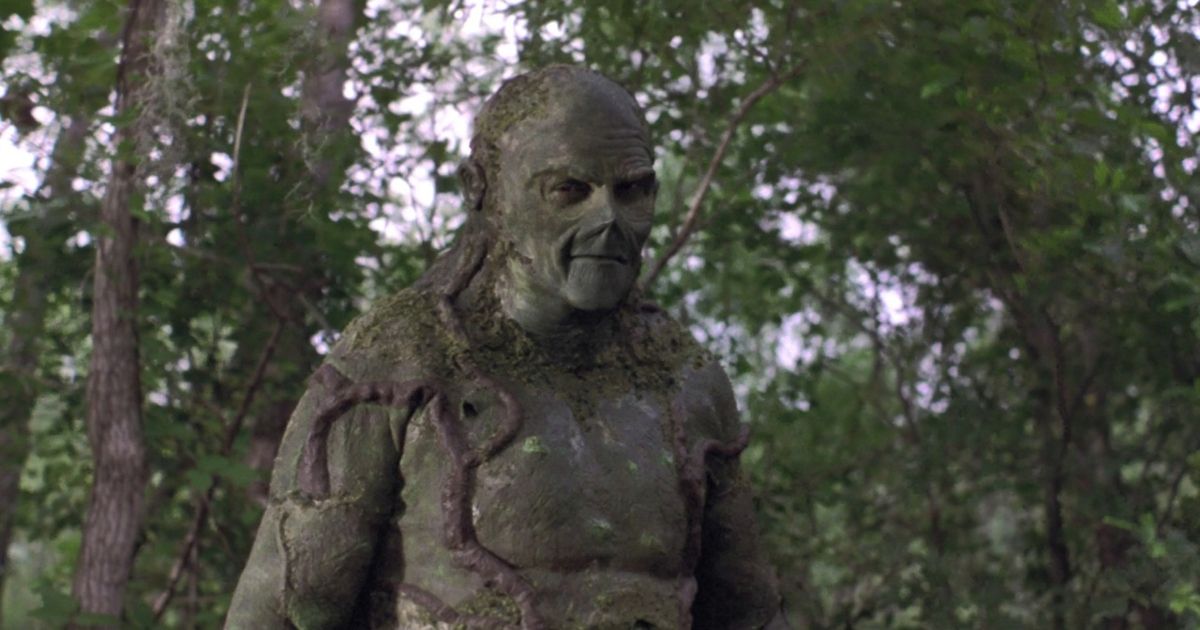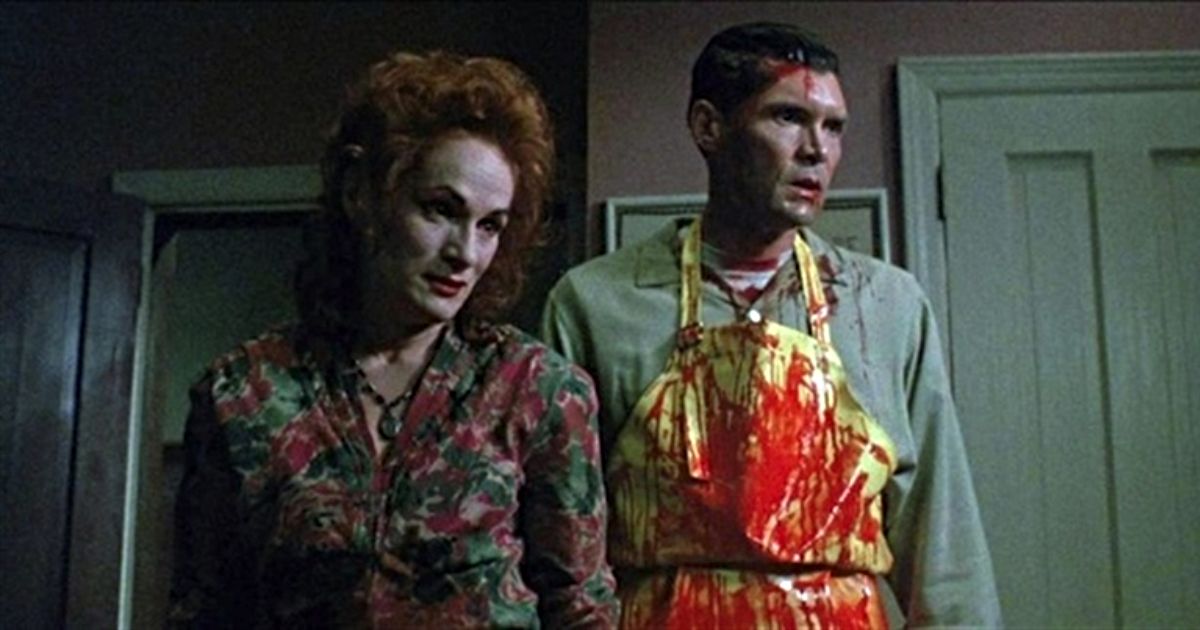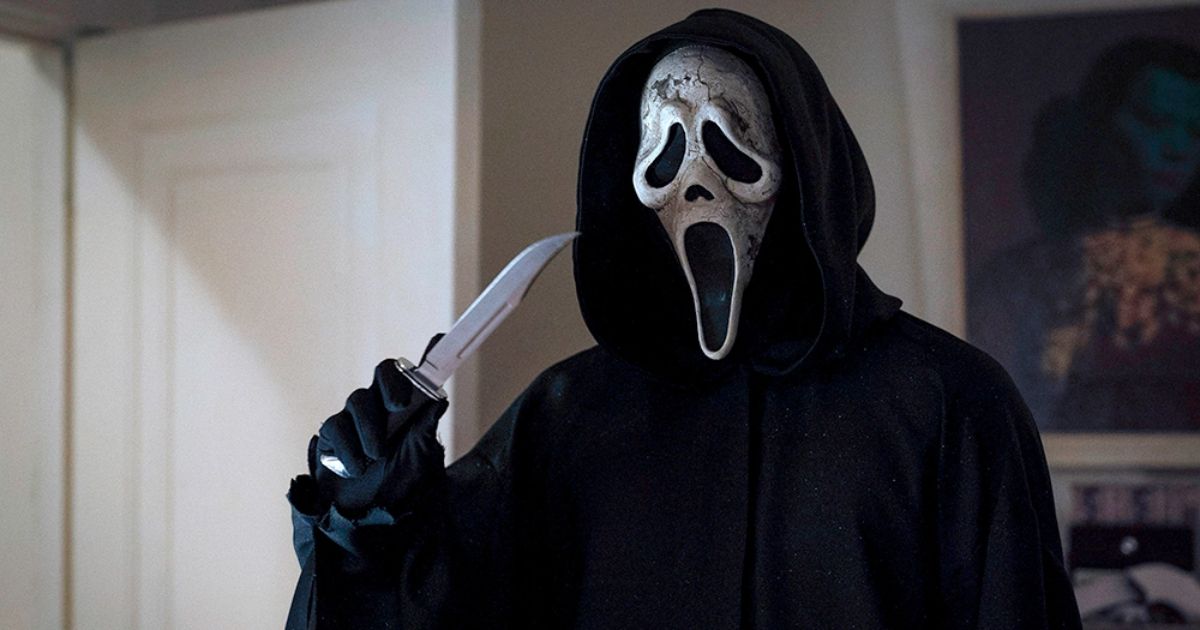Wes Craven was a visionary film pioneer who would shape the landscape of the horror genre. His legacy is extensive and lucrative, beginning in 1972 with his directorial debut, The Last House on the Left. The exploitation horror classic was shocking and violent, two motifs which would persist in his future film endeavors; this is the same director, after all, who has said that audiences "have to feel in the presence of someone not confined by the normal rules of propriety and decency.” Despite his controversial beginnings, Craven quickly found his place in cinema with cult classics like The Hills Have Eyes, Deadly Blessing, and Swamp Thing. However, it was in 1984 that the “Master of Horror” truly made his mark with the monumental supernatural slasher, A Nightmare on Elm Street.
The iconic monster flick introduced the world to the terrifying Freddy Krueger: a gruesomely disfigured, blade-wielding, vengeful spirit who was burned alive by the parents of his young victims. Craven inserted so much of his own unique vision into this film; as he once said, "The first monster you have to scare the audience with is yourself. " Craven would go on to create a slew of great horror films during this period, including the racially charged The Serpent and the Rainbow, the brilliant social commentary of The People Under the Stairs, and more good slasher cinema like Shocker before once again revitalizing the horror genre. 1996’s cult classic Scream is a dark comedy slasher film that took the box office by storm and genuinely surprised and delighted critics.
Craven would continue directing horror flicks, with 2011’s Scream 4 being his final film before his death in 2015. The decorated and esteemed pioneer was one of the finest and most revolutionary masterminds of cinema. Not only did he constantly restore the often lagging horror genre, he also introduced truly vile villains, helmed cult classics, and helped jumpstart the careers of Sharon Stone, Johnny Depp, and Rose McGowan. For these and many other reasons, Wes Craven is undeniably one of the greatest horror movie directors of all time.
Update October 31, 2023: Happy Halloween! In honor of the spooky holiday, this article has been updated with more reasons why Wes Craven was one of the greatest horror movie filmmakers of all time, and even eight years after his passing, his films still leave an impact.
Slasher Film, Redux
Wes Craven’s iconic 1984 supernatural slasher, A Nightmare on Elm Street, is credited with revitalizing the slasher film by masterfully blending supernatural and fantasy elements. The 'Golden Age of Slashers' had died down around 1982; Meagan Navarro of Bloody Disgusting writes, "At this point, public interest in the slasher had waned; advances in special makeup effects meant horror tastes leaned more toward the supernatural. Studios were now looking elsewhere to capture horror audiences." Craven wisely conjured up the idea of blending the two in phantasmagoric ways.
The success of the movie led to the growth of the independent film company New Line Cinema, with the company being nicknamed “The House that Freddy Built.” Craven’s previous projects, The Last House on the Left and The Hills Have Eyes, were both unconventional and disturbing low-budget affairs, depicting violence, sexual assault, and gore in previously unexplored and visceral ways; the tagline for the former was literally, "Can a movie go to far?"
Elm Street, however, was a comparatively polished and stylish film that sparked a global phenomenon by using an extremely original story, unique camera angles, and directorial techniques, and creative effects (both special- and sound-) to further disarm and petrify audiences.
His overall style and approach to filmmaking helped give birth to a new era of horror flicks, leading Craven to be dubbed a “Master of Horror.” The director was fearless in his willingness to combine different horror subgenres and did so triumphantly. His ideas and off-the-wall villains and characters captivated audiences and redefined the horror image. As Craven himself famously declared, “Horror films don’t create fear. They release it.”
Iconic Horror Villains
Craven was the creative mastermind behind two of the most chilling and iconic horror villains in cinema history: Freddy Krueger and Ghostface. Elm Street’s Krueger is badly disfigured and scarred, with a terrifying smile and raspy growl completing his disgusting demeanor. Known for wearing a filthy green-and-red striped sweater and a dated fedora, Freddy’s trademark metal claw is the piece de resistance in his horror getup. The villain’s backstory is also stomach-churning; he was a serial killer who targeted children and was ultimately burned alive by an angry mob.
Arguably the most disturbing aspect of Krueger is that he targets his victims in their dreams when they are most vulnerable. The concept of not being able to sleep in fear of being attacked is downright horrifying, especially when the attacker is a razor-fingered child murderer. The villain is such a cultural touchstone that A Nightmare On Elm Street has been included in the Library of Congress.
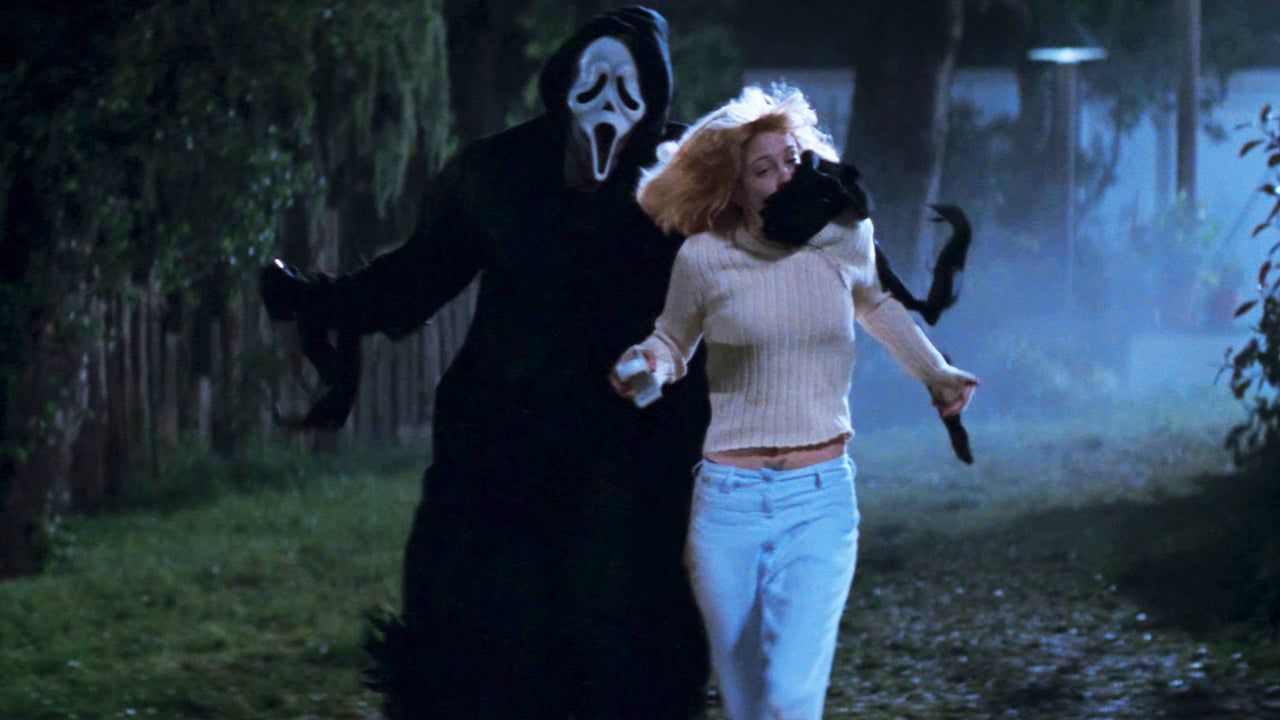
How Scream Perfected the Art of the Cold Open
The Scream series has scared us for the last 25 years. Here, we take a look back at the history of the franchise's perfect opening kill.The brilliant director would go on to have a hand in creating another infamous horror villain, Scream’s Ghostface. Donning a hooded black robe and iconic rubber white mask with black eyes, nose, and mouth, Ghostface’s appearance is less startling than Krueger's but effective just the same, especially since anyone can lurk behind the mask. The villain is known for calling his victims and taunting them before he attacks and, like Krueger, uses sarcasm and irony when doing so. Ghostface is arguably the most iconic horror movie mask of all time. Horror movie directors are very lucky if they introduce one iconic villain in their careers; Wes Craven managed to craft two nightmare-worthy, franchise-dominating baddies who remain some of horror’s finest to this day.
Strong Female Characters
Craven gave fans of slashers some of the strongest and fiercest female characters in the history of horror cinema. The protagonists of his films were always resilient no matter what terror befell them, and were often brave women. Deadly Blessing features a remarkable assemblage of headlining women, and Swamp Thing tapped into the acting talents of strong lead Adrienne Barbeau.
In A Nightmare on Elm Street, Nancy Thompson (Heather Langenkamp) is Freddy Krueger’s archenemy because she refuses to surrender and keeps on fighting the razor-fingered dream spirit; she is the true 'final girl.' She’s able to take back her power by eliminating her fear of the serial killer, pulling him into the real world, and effectively rendering him vulnerable. The character of Nancy, who masters her own agency even when men dominate the panopticon of her dreams, is considered to be “one of the most progressive female representations in the teen horror genre.”
Craven didn’t stop with Nancy regarding positive portrayals of women; Scream’s Sidney Prescott is equally empowering and tenacious. She is depicted as a highly resourceful and intelligent character who is a survivor at her core and keeps fighting regardless of circumstances. Fans of the franchise appreciate Neve Campbell's portrayal as an exemplary scream queen and final girl who continues to be an inspiration to female horror fans.
It was refreshing for female protagonists to be featured as strong and courageous characters, and Wes Craven truly started a small movement that inspired a change in horror, leading to stronger female representation in horror (as in The Descent, Inside, It Follows, Drag Me To Hell, and many others). This approach to women would be further implemented in his underrated later films, with both Christina Ricci in Cursed and Rachel McAdams in Red Eye delivering strong, subversive performances.
Instead of presenting the clumsy damsel-in-distress stereotypes, Craven opted to give moviegoers tough-as-nails women who actually do the butt-kicking. In an essay for Glamour magazine, Craven himself wrote, "At the end of the day, the real nightmare is trying to imagine what the world would be like without women—what I, as a guy, would be without you. That's when I get really scared."
Exposure of Cultural Anxieties
Wes Craven was always interested in analyzing why things scared people and really exposed the cultural fears and anxieties in horror. He enjoyed blurring the lines between dreams and waking life and movies and reality, provoking audiences in the process. Much of Craven’s creations were classical exploitation films; he preyed on the unease and apprehension of horror fans by bringing those fears to life on the big screen.
Craven constantly explored topics such as morality, dysfunctional families ( a favorite of Craven’s), personal trauma, and social issues. The director once perfectly described horror in terms of cultural anxiety, saying:
[Horror is] like boot camp for the psyche. In real life, human beings are packaged in the flimsiest of packages, threatened by real and sometimes horrifying dangers, events like Columbine. But the narrative form puts these fears into a manageable series of events. It gives us a way of thinking rationally about our fears.
Utilizing Dark Comedy
A signature flair for any Wes Craven film is his gift of utilizing dark humor and satire in a profound and entertaining way. Freddy Krueger loves taunting his victims with utter ridicule, an approach that wasn’t really seen before A Nightmare on Elm Street. It’s what makes the villain so iconic and bewitching. Ghostface called and goaded his prey before striking, beginning somewhat playfully before taking a violent and menacing turn.
After first disturbing audiences with his realistic first films, Craven displayed a dark sense of humor in illustrious cult classics like Swamp Thing and The People Under the Stairs, which satirized horror tropes and deconstructed traditional characters. Wes Craven may have assembled a career based on the “boogeyman” trope (and then beautifully implemented that style across multiple subgenres of horror), but he also wasn’t afraid to take a light-hearted approach to horror, as with these films and the Eddie Murphy flick Vampire in Brooklyn.
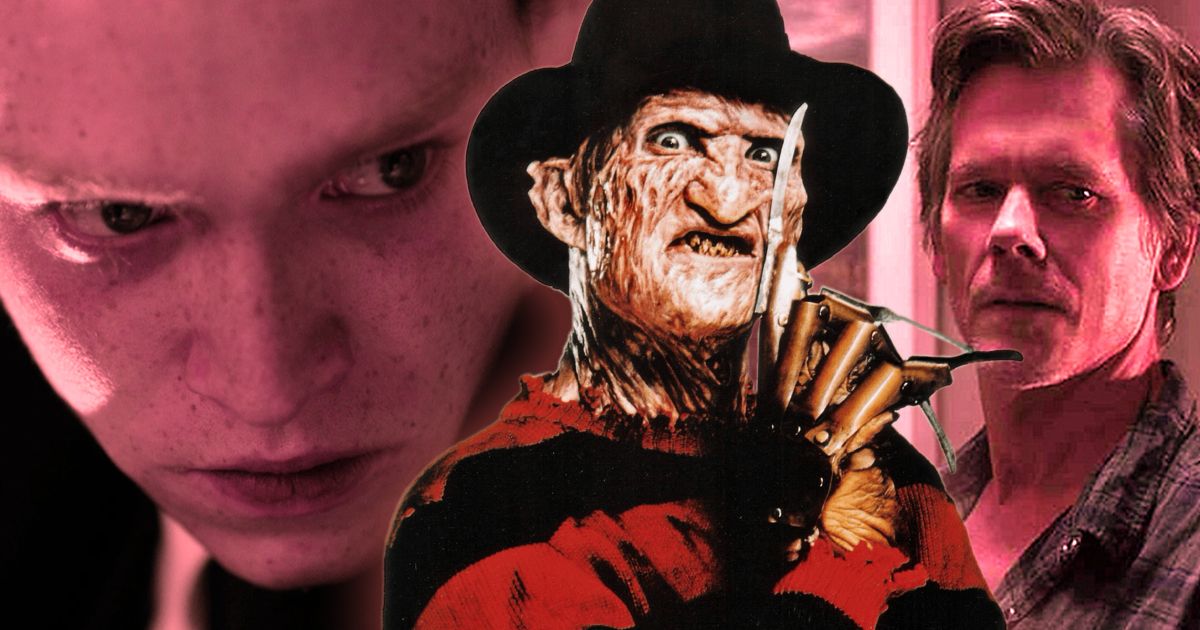
10 Actors Who Could Replace Freddy Krueger Star Robert Englund in a Reboot
Robot Englund’s Freddy Krueger is one of horror’s most conniving villains, though a possible recast is on the horizon. Who could play him next?Wes Craven's New Nightmare cleverly incorporated his own mythos and famous franchise into a movie about the making of a new Elm Street film and was a brilliant precursor to his next game-changing, sarcastic slasher. Scream was the apotheosis of his meta-humor and brilliantly ironic sensibilities, with the characters regularly referencing horror movies that depict similar situations to their own; this was the first horror film where the characters actually knew about horror films. Jamie Kennedy’s Randy Meeks memorably lays out horror movie rules in amusing detail in the first Scream installment, and it's this winking, tongue-in-cheek approach that really made Craven’s movies stand out from the rest.
Wes Craven's Cultural Legacy Lives On
Whether it be Alfred Hitchcock and the thriller, John Ford and the Western, or Akira Kurosawa and the action, certain directors will always be associated with a particular type of film. In Wes Craven’s case, he was the godfather of the horror genre, and in some ways, he transcended not just the genre but the film itself as a man of supreme cultural influence. Craven was at the directorial wheel for some of the biggest horror franchises that are still going strong with new concepts and releases to this day.
From penning and directing the A Nightmare on Elm Street franchise, which saw Craven’s original conceive a further seven films in the series, as well as a 2010 remake to Scream, which has gone on to enjoy a theatrical run that has spanned over 27 years, with the most recent movie coming out in 2023, Scream VI. Craven was responsible for some of the most famous, influential, and recognizable horror movies ever, defining conventions and setting the standard for future horror movie creators.
It has been frequently claimed that Craven single-handedly saved the horror genre in the 1990s, with dwindling viewing figures and huge blockbusters dominating moviegoers' terrain, stripping the limelight away from what had become a somewhat predictable genre. As such, Craven brought horror into the realms of pop culture via 1996’s Scream, in what was the face (or mask) of horror movies in the 1990s. Craven's films have frequently been subject to a number of flagrant rip-offs, but as the old adage goes, “imitation is the highest form of flattery”.
Craven’s directorial resume shines with beloved and classic horror flicks that have remained notable and admired. He repeatedly breathed life into the slasher movie, first in the '80s with Elm Street and later once again with Scream, during times when many believed the genre was flatlining. His humor, dreamlike imagery and storylines, strong female characters, and ability to tap into cultural anxiety all make Wes Craven one of the greatest horror directors of all time.

